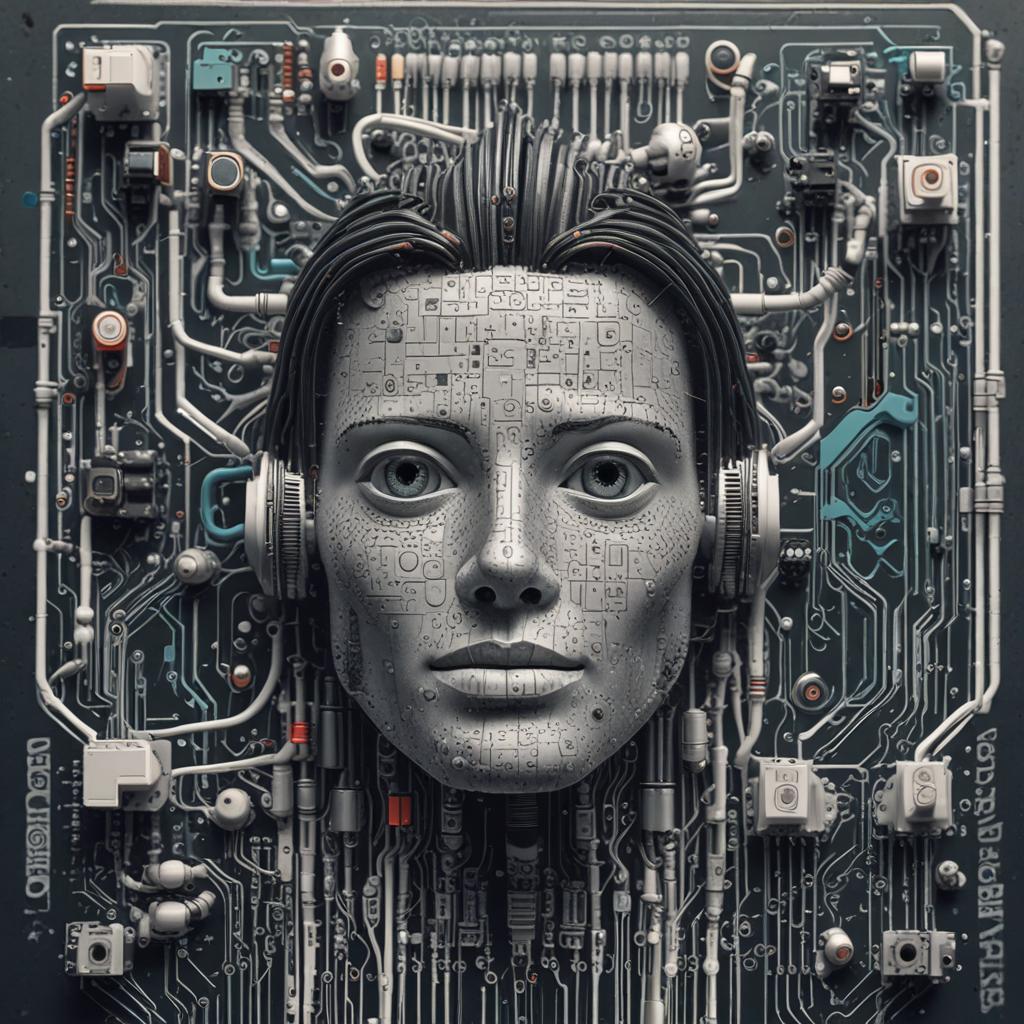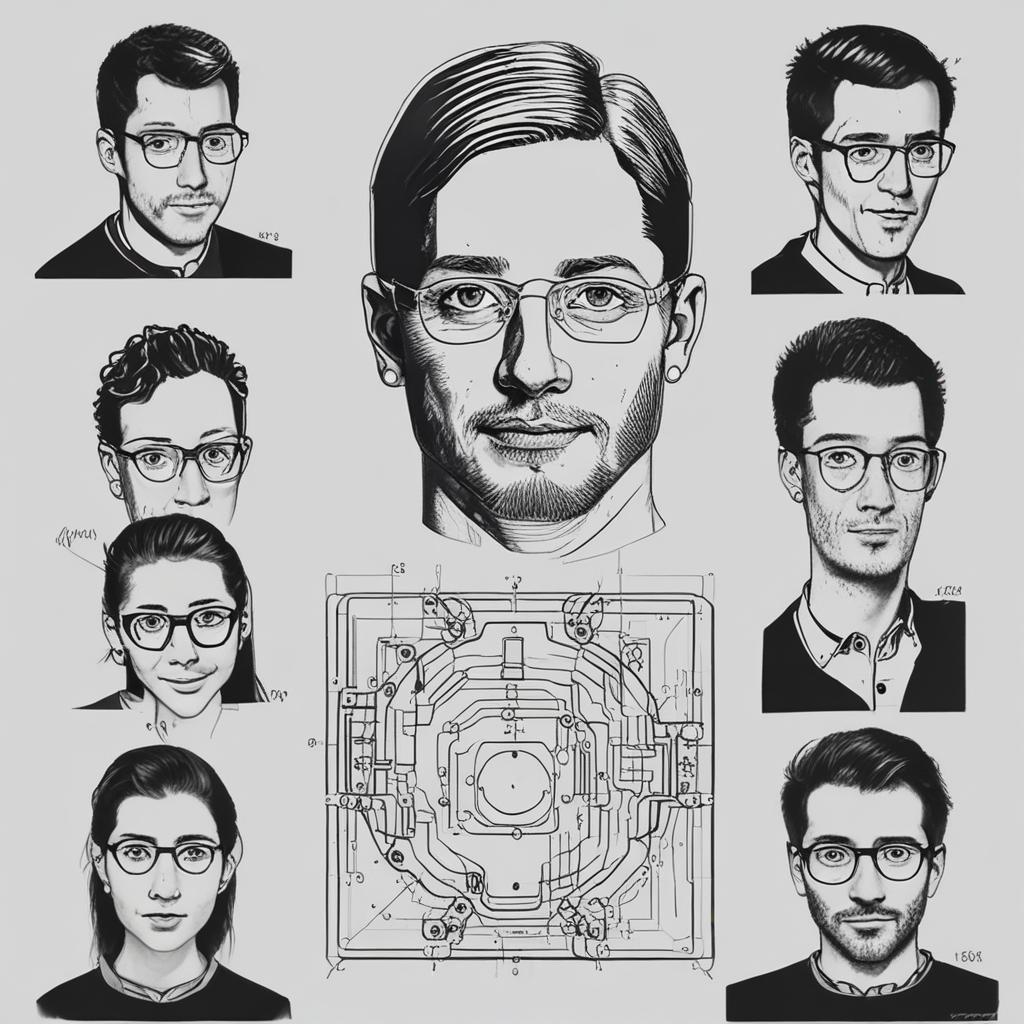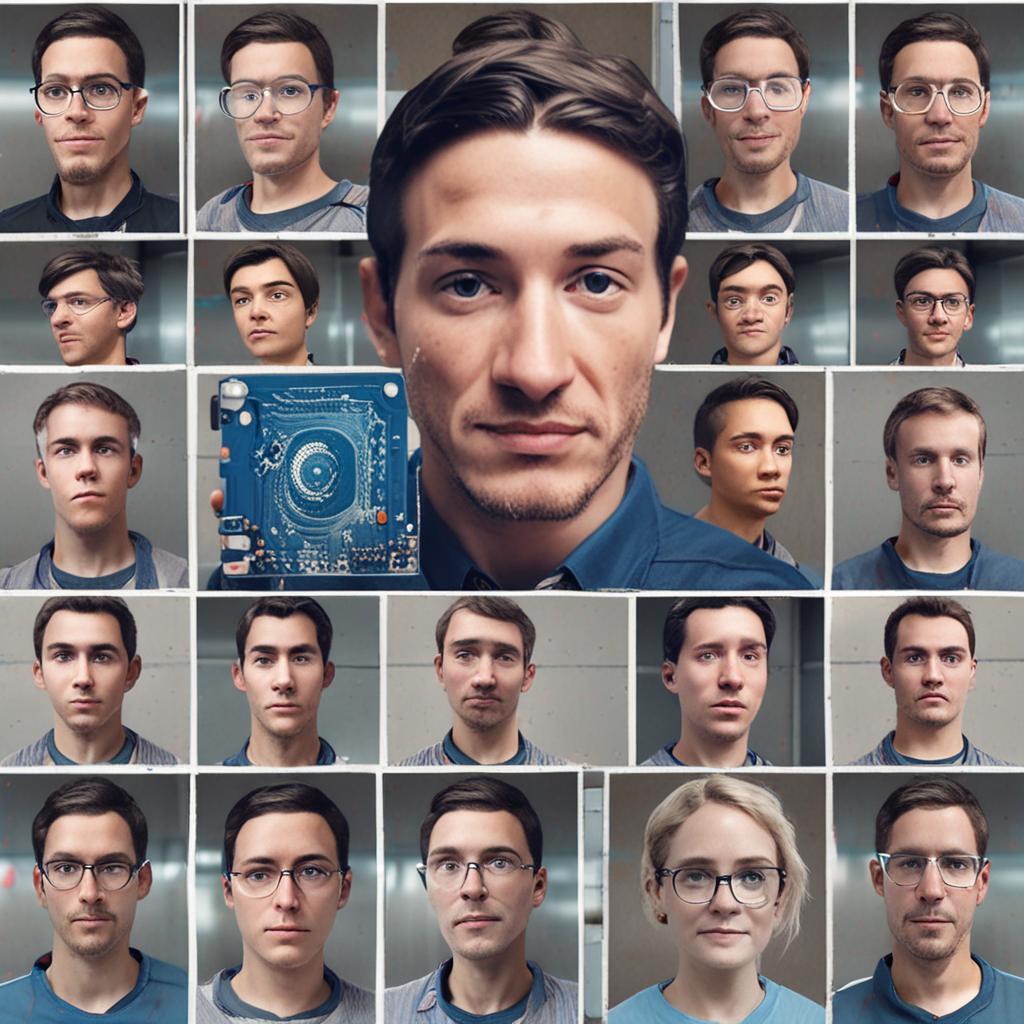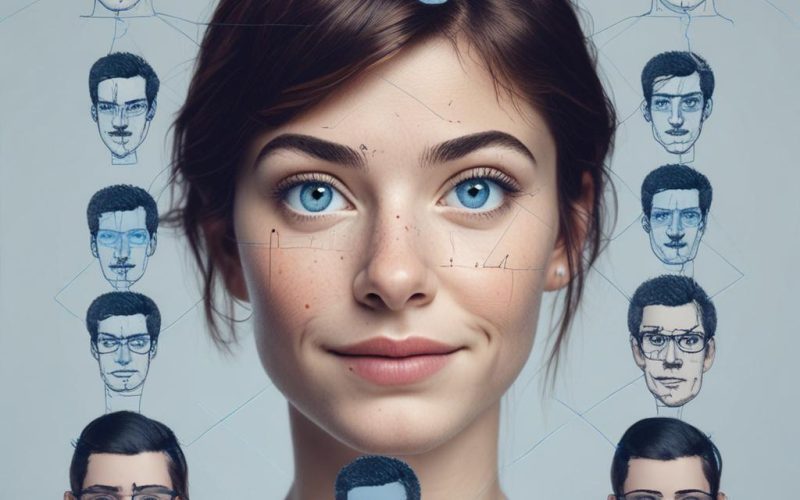Table of Contents Show
Face detection is a fundamental concept in computer vision that involves locating and extracting faces from images or video streams. This technology has numerous applications in security, robotics, and automation, making it an exciting area of exploration for hobbyists and professionals alike. By combining Arduino, a popular microcontroller platform, with OpenCV, a powerful computer vision library, you can create a DIY smart bot that can detect faces and interact with its environment. In this blog post, we’ll guide you through the process of building a face-detecting smart bot using Arduino and OpenCV.
What is Face Detection?
Face detection is a technique used in computer vision to locate faces within images or video streams. This technology has various applications, including security systems, robotics, and automation. Face detection algorithms can identify and extract faces from complex backgrounds, enabling machines to understand and respond to visual cues.
Introduction to Arduino and OpenCV
Arduino is a microcontroller platform that allows users to create interactive electronic projects. It’s widely used in robotics, automation, and IoT applications. OpenCV, on the other hand, is a computer vision library that provides a wide range of tools and algorithms for image and video processing. OpenCV is widely used in various industries, including healthcare, security, and robotics.
Why Combine Arduino and OpenCV?
The combination of Arduino and OpenCV offers a powerful synergy between hardware control and image processing capabilities. Arduino provides a flexible and easy-to-use platform for controlling motors, sensors, and other hardware components, while OpenCV offers advanced computer vision algorithms for image and video analysis. By integrating these two technologies, you can create intelligent systems that can interact with their environment and make decisions based on visual data.
Tools and Components Required
Hardware Components
To build a face-detecting smart bot, you’ll need the following hardware components:
-
- Arduino board (e.g., Arduino Uno or Arduino Mega)
- Camera (e.g., USB camera or ESP32-CAM)
- Motors (e.g., DC motors or servo motors)
- Sensors (e.g., ultrasonic sensor or infrared sensor)
Software Requirements
To integrate Arduino and OpenCV, you’ll need to install the following software:
- OpenCV library
- Arduino IDE
- Python for OpenCV integration
Additional Accessories
You’ll also need the following additional accessories:
- Connecting wires
- Power supply (e.g., battery or wall adapter)
- Chassis for the bot
Setting Up the Environment
Installing OpenCV and Required Libraries
To install OpenCV and required libraries, follow these steps:
- Install Python and pip on your computer.
- Install OpenCV using pip: `pip install opencv-python`
- Install required libraries: `pip install numpy`
- Configuring Arduino IDE
To configure Arduino IDE, follow these steps:
- Download and install Arduino IDE on your computer.
- Install the required board package: `arduino-cli board list`
- Upload a basic code to your Arduino board: `arduino-cli upload -b arduino:uno`
- Connecting Hardware Components
To connect hardware components, follow these steps:
- Connect the camera to your computer using a USB cable.
- Connect the motors to your Arduino board.
- Connect the sensors to your Arduino board.
- Building the Face Detection System
- Writing Python Code for Face Detection
Here’s a sample OpenCV script to detect faces using a camera:
python
import cv2
Load the cascade classifier
facecascade = cv2.CascadeClassifier(‘haarcascadefrontalface_default.xml’)
Open the camera
cap = cv2.VideoCapture(0)
while True:
# Read a frame from the camera
ret, frame = cap.read()
# Convert the frame to grayscale
gray = cv2.cvtColor(frame, cv2.COLOR_BGR2GRAY)
# Detect faces in the grayscale image
faces = face_cascade.detectMultiScale(gray, scaleFactor=1.1, minNeighbors=5)
# Draw rectangles around the faces
for (x, y, w, h) in faces:
cv2.rectangle(frame, (x, y), (x+w, y+h), (0, 255, 0), 2)
# Display the output
cv2.imshow(‘Face Detection’, frame)
# Exit on key press
if cv2.waitKey(1) & 0xFF == ord(‘q’):
break
Release the camera and close the window
cap.release()
cv2.destroyAllWindows()
Integrating Arduino for Motor Control
To integrate Arduino for motor control, you’ll need to write Arduino code to control the motors based on face detection. Here’s a sample Arduino code:
c
const int motorPin = 9;

void setup() {
pinMode(motorPin, OUTPUT);
}

void loop() {
// Read the serial data from Python
if (Serial.available() > 0) {
int data = Serial.parseInt();
// Control the motor based on the data
if (data == 1) {
digitalWrite(motorPin, HIGH);
} else {
digitalWrite(motorPin, LOW);
}
}
}
Combining Arduino and OpenCV
To combine Arduino and OpenCV, you’ll need to establish communication between Python (OpenCV) and Arduino (e.g., via serial communication). You can use the `pyserial` library in Python to send serial data to Arduino.
Creating the DIY Smart Bot
Assembling the Bot
To assemble the bot, follow these steps:
- Mount the camera and motors on the chassis.
- Connect the hardware components.
- Upload the Arduino code.
- Testing the Face Detection Functionality
To test the face detection functionality, follow these steps:
- Power on the bot.
- Open the camera view.
- Test the face detection system.
- Enhancing the Bot’s Capabilities
You can enhance the bot’s capabilities by adding additional features, such as:
- Voice alerts
- LED indicators
- Object avoidance
Practical Applications of the Smart Bot
Home Security and Surveillance
The smart bot can be used for monitoring and alerting in home security and surveillance applications.
Interactive Robotics
The smart bot can be used in interactive projects, such as greeting visitors or following a person.
Educational Projects
The smart bot can be used as a learning tool for students and hobbyists.
Challenges and Troubleshooting
Common Issues During Implementation
Common issues during implementation include:
- Camera lag
- Incorrect face detection
- Motor malfunctions
Tips for Optimizing Performance
To optimize performance, you can:
- Adjust the camera settings
- Fine-tune the face detection algorithm
- Use a more efficient motor control system
Conclusion
In this blog post, we’ve guided you through the process of building a face-detecting smart bot using Arduino and OpenCV. By combining these two technologies, you can create intelligent systems that can interact with their environment and make decisions based on visual data. We encourage you to experiment and customize your smart bot to suit your needs.
Frequently Asked Questions (FAQs)
What is the minimum hardware requirement for this project?
An Arduino Uno, a USB camera, and basic motors are sufficient to start.

Can I use a webcam instead of a USB camera?
Yes, most webcams are compatible with OpenCV and can be used.
How accurate is the face detection system?
Accuracy depends on lighting, camera quality, and OpenCV’s trained models.
Is programming experience necessary for this project?
Basic knowledge of Python and Arduino programming is recommended.
Can this bot detect multiple faces simultaneously?
Yes, OpenCV supports multi-face detection with proper configuration.




